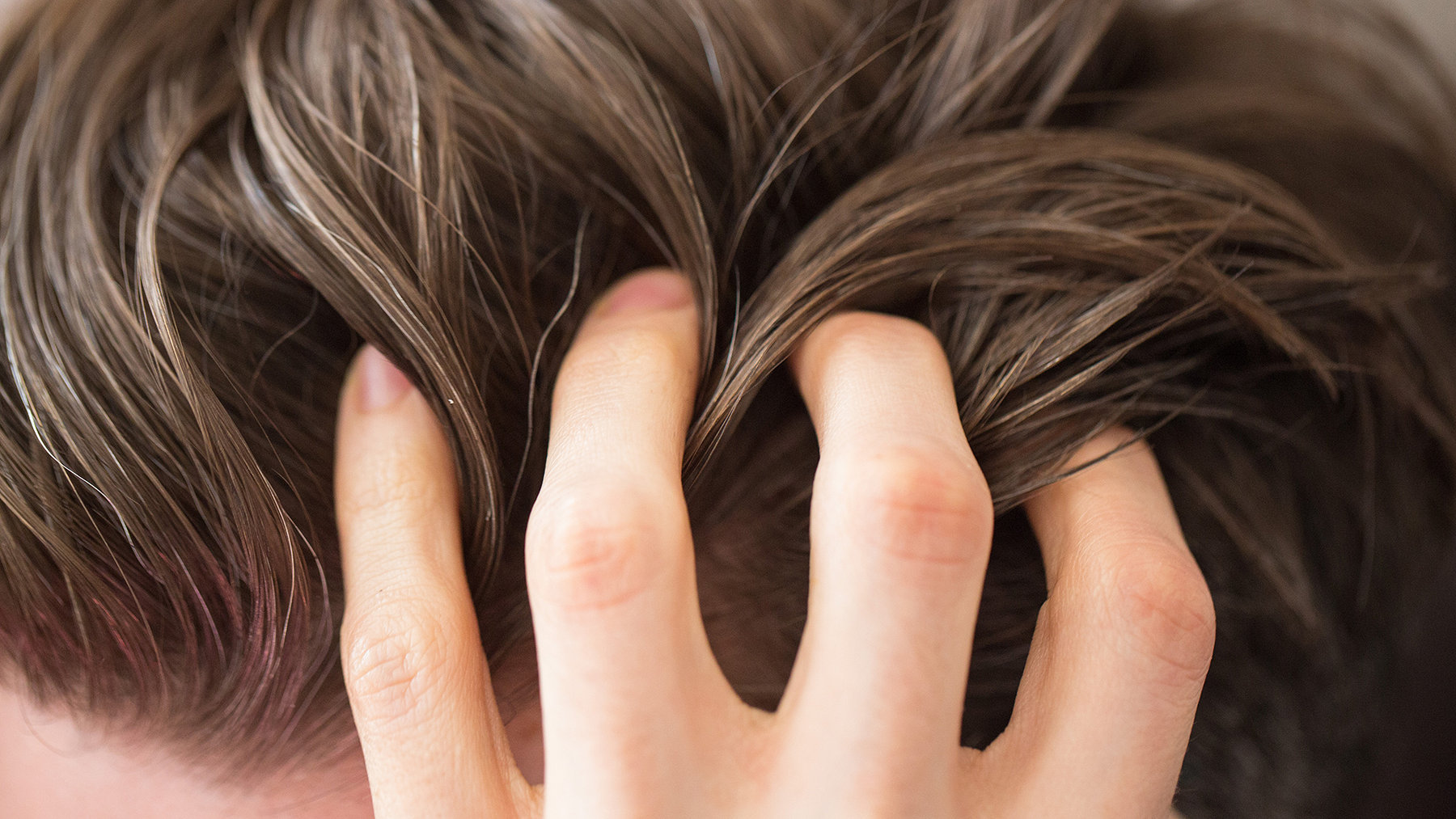Writer
Amy Shepherd
Maintaining your mane can be hairy business, but it doesn’t have to be. From that terrible wonky fringe mum cut for us when we were 12, to ‘edgy’ colour decisions made in our teens and asymmetrical bobs from the noughties, our lives are often a timeline of great and let's be honest, sometimes quite questionable hair moments. Take these simple steps towards making your dream hair reality.
With more and more help on hand, embracing your natural colour, hair type and knowing how to care for processed hair is slowly becoming easier. However, bombarded by information on caring for short, straight, curly, dark or light locks and a jungle of products which are ‘anti-this, pro-that’ makes it very difficult to know which ‘box’ we tick and what products we should use. Keeping hair happy can become a system of trial and error: a frustrating dance from product to product which can be difficult to master, a circus of lotions and potions laughing unforgivingly at our bad hair days.
Knowing what product to use and how to use them is half the battle, “If you just smash a load of avocado onto the hair, it won’t do much. It’s about putting the right menu of ingredients together so that they can be applied effectively”, explains product trainer and Mystic Meg of the hair world, Aleksandra Herbich. Getting to know your hair will enable you to choose a bespoke list of ingredients so that you can get the best results from your hair. Queue ‘the hair reading’.
Forget smoke and mirrors, or rabbits appearing out of top hats, the only theatre needed here are dramatic results and head-turning, screen siren hair, both of which can be achieved without a magic wand, illusions or misdirection. A simple set of questions and a scope of smart hair products are the only secret to show stopping hair.
Without subjecting you to a tiresome biology lesson, your hair is quite amazing, (no not just your new hair cut) but the architecture of it. Hair is unique to us in the same way our fingerprints are, hence why prescribing someone a product simply based on the colour of their hair would be futile. Think of your hair type as a personality; two friends may share similar traits but that doesn’t mean they have identical personalities. Your hair is similarly complex and unique to you.
In brief, your hair is made up of a bulb, shaft, cuticle, cortex and in some cases a medulla. All this sounds very technical, so let’s break it down. The bulb is the set of cells which produce the hair, whilst the hair shaft is the part of the hair seen above the scalp. The shaft contains three layers:
1. The cuticle: the outer layer of the hair made up of overlapping keratin scales. This waterproofs the hair and provides elasticity to prevent breakage.
2. The cortex: an inner layer made up of keratin fibres that run parallel to one another, giving strength to the hair.
3. The medulla: a keratin structure containing air pockets. The medulla is sometimes not present in naturally fairer hair as it is often finer.
Both the hair cuticle and cortex determine what kind of hair you naturally have. The cuticles on straight hair tend to lie flat and hug the cortex tightly meaning straight hair tends to retain moisture for longer and looks shinier as it reflects more light, unlike the cuticles on curly hair which are raised. Because of this, curly hair often does not shine as much and can sometimes tangle more easily. The cuticle rises and flattens in response to many factors, such as hot or cold water, chemical processing and heat styling. This is often why it is recommended to rinse your hair with cold water after washing as it helps to close the cuticles and lock in the moisture from shampoos and conditioners. The cortex of the hair also helps to determine your hair colour, curl and thickness.
Okay, so that’s a lot to remember and, short of having a microscope to hand, a little bit overwhelming but there are other ways that we can ‘read’ our hair to help us deliver the best care to suit our individual needs. The following steps will help you master the art of hair reading.
What you will need for this exercise:
A spare ten minutes
A mirror
Paper and pencil
Don’t worry we’re not going to ask you to don an artist’s smock and become the next Vincent Van Gogh.
(You can either undertake your haircare voyage bravely alone, or if you are feeling a little apprehensive then grab a friend to help you. Simply stand in front of your willing partner instead of a mirror and undertake the same activities by asking one another questions and making observations on one another's hair.)
Step in front of the mirror and look hard at your hair without prior judgement. What do you see? Think about your hair’s natural state, its shape, natural colour, what processes it has gone through and how thick it is. Once you have assessed these things, ask yourself the following set of questions and answer honestly. What is it that you like best about your hair? And what is it that you would like to achieve through haircare? Perhaps write these things down or simply hold the answers in your mind. Think about the kind of look you want to achieve. Do you want big, glamorous superstar hair? Super sleek locks? Tousled, beachy tresses? Or a low maintenance mane?
Haircare is all about experimentation, so the products you choose and how you use them have a huge impact on the look you are able to create. Other factors to consider are how you like wearing your hair, how often you wash your hair and what condition your scalp is in.
Finally, pick up your pencil and draw your best hair day! What makes a good hair day great for you? What do you see?
How we like to wear our hair often changes over time, but hopefully this will leave you feeling a little clearer on what you want to achieve at this present moment. From here you can begin building up the perfect menu for your hair. Try and think about which products would complement your hair but also work with the other products which you use to achieve the best results. For example, if you are using a shampoo which is going to give you big volume such as one that contains sea salt and lemon juice, try to use a conditioner that contains ingredients that compliment it. For example, if you're using Big shampoo, pair it with a lightweight conditioner such as Big cold pressed conditioner, so it doesn't cancel out the volumising effects.
Reassess your hair habits regularly as your hair may need different things at different times, and factors such as the weather, hormones or a new style may affect this. Lastly, don’t be afraid to mix things up and experiment with your hair routine!
Now you know how to get what you want from your locks, create your bespoke hair menu by taking a look at the treatments, shampoos, conditioners and styling products at hand. All that is left to do is have a happy hair day.


